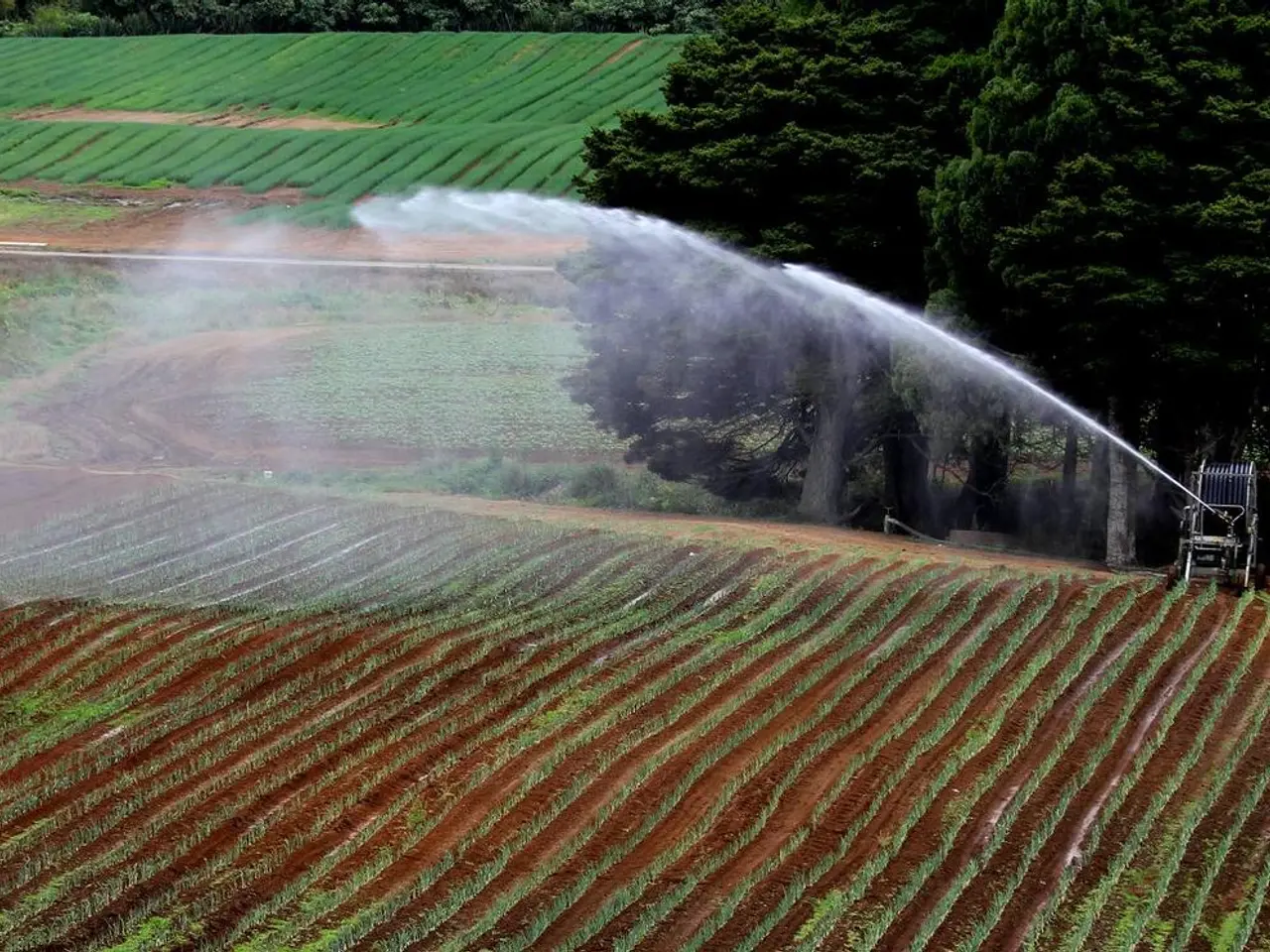Artificial Intelligence in Agriculture: Enhancing Crop Production Efficiency with AI
================================================================
As the world's population continues to grow, the need for sustainable and efficient farming practices becomes increasingly important. In this dynamic industry, data science is playing a crucial role in optimizing crop yields and ensuring food security.
Data science is transforming agriculture by enabling data-driven decision-making. This approach involves the collection, integration, and analysis of diverse agricultural data, such as monitoring crop health, soil conditions, weather patterns, and pest or disease outbreaks. By taking proactive measures based on these insights, farmers can increase productivity and reduce losses.
One of the key ways data science improves crop yields is through precision farming. Utilizing sensors, IoT devices, and satellite/drone imagery, data science helps optimize irrigation, fertilization, and pesticide application. By applying resources precisely where and when they are needed, waste is minimized, and crop health is maximized.
Another powerful tool is predictive analytics. Machine learning models forecast crop yields, pest infestations, diseases, and extreme weather events by analyzing historical and real-time data from multiple sources. These predictions, which can exceed 90% accuracy, enable timely interventions to protect crops and improve yields.
Resource optimization is another significant benefit of data science. By analyzing data on soil nutrients, moisture, and climate, farmers can optimize the use of water, fertilizers, and other inputs, enhancing growth while reducing environmental impact and input costs.
Remote sensing and AI also play a vital role. Satellite and drone imagery provide detailed and frequent monitoring of crop development and field conditions. AI algorithms convert these data into actionable insights, such as detecting early signs of drought stress or pest outbreaks, giving farmers timely alerts.
Data science also aids strategic decisions regarding crop selection and marketing by analyzing market trends, consumer preferences, and pricing data. This complements yield optimization efforts.
As we integrate these technologies into our daily farming practices, we pave the way for a more sustainable future. Collaboration among farmers, technologists, and researchers could improve data quality and help address the challenges faced by the industry.
Education about the benefits of data analysis can increase acceptance of these innovations among farmers. As machine learning tools evolve, predictions will likely become more precise. Not every farm collects enough detailed information for accurate predictions, so the role of data sharing among farmers will likely grow, leading to collective improvements and addressing challenges on a larger scale.
However, it's important to note that algorithms can sometimes overlook local conditions, leading to suboptimal advice in precision farming. Therefore, it's crucial to consider the unique characteristics of each farm when implementing data-driven strategies.
In conclusion, modern agriculture is being revolutionized by data science techniques like machine learning, computer vision, and IoT-enabled sensing. These tools transform vast datasets into precise, actionable intelligence, enabling farmers to maximize crop productivity sustainably. Let's be open to change and continuously seek ways to improve how we grow our food.
[1] "Data Science in Agriculture: A Review." International Journal of Advanced Research in Computer Science and Software Engineering. 2021.
[2] "The Role of Data Science in Modern Agriculture." Data Science Central. 2020.
[3] "Predictive Analytics in Agriculture." Forbes. 2019.
[4] "AI and the Future of Agriculture." The Economist. 2019.
Artificial-intelligence, through machine learning models, is leveraged in agriculture to analyze historical and real-time data from multiple sources for accurate predictions of crop yields, pest infestations, diseases, and extreme weather events.
Data science, including technology like artificial-intelligence and remote sensing, aids in weather-forecasting by monitoring weather patterns and providing detailed, frequent, and actionable insights that enable timely interventions to protect crops and improve yields.




